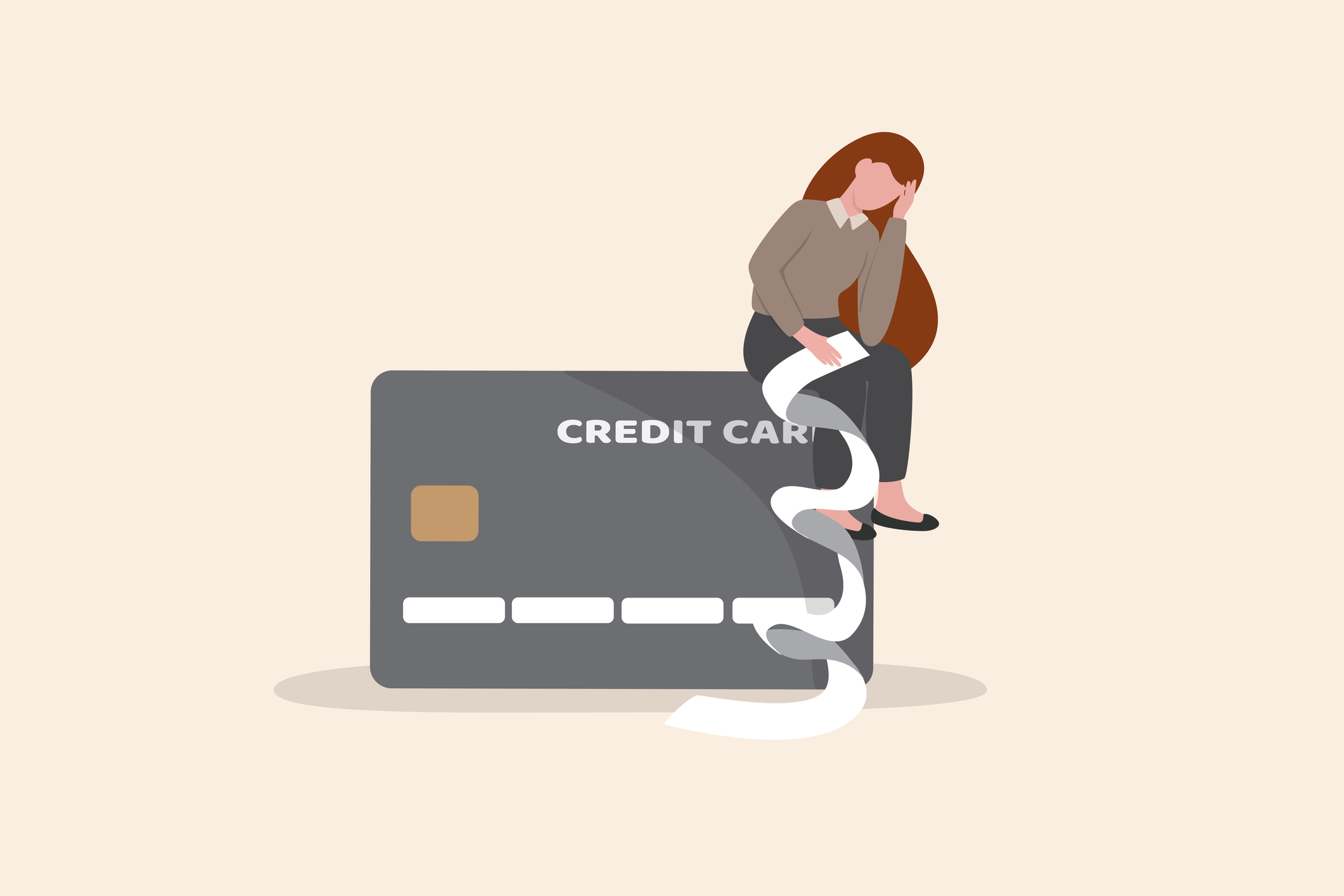
The 20/10 Rule for Debt Management
The 20/10 rule is a debt management strategy. The rule dictates that total consumer debt shouldn’t exceed 20% of your annual take-home pay and monthly debt payments shouldn’t exceed 10% of your monthly take-home pay.
This rule of thumb can help consumers cap the amount of debt they hold, which is important for their financial health and their credit score.
What is the 20/10 Rule?
This rule refers exclusively to consumer debt, not home equity like a mortgage. Consumer debt includes credit card debt, car loans, student loans, personal loans and other consumer financial obligations.
The rule dictates the maximum amount of consumer debt an individual should take on.
- 20% of annual income: This is the portion of your annual income to be spent on debt. When you take into account all outstanding consumer debt, your borrowing should be no more than 20% of your annual take-home pay (your net income).
- 10% of monthly income: This is the maximum amount that should go towards monthly debt repayments.
The 20/10 Rule in Practice
The 20/10 rule is made up of two simple calculations.
Start with your monthly after-tax income. Multiply that amount by 10% (0.10). That’s the amount you should spend on debt payments each month.
For example:
If your take-home pay is $2,000 per month, how much money you spend on consumer debt repayment shouldn’t exceed 10%, or $200.
- $2,000 per month X 0.10 = $200
The next step is to look at your annual debt obligations. Take your annual after-tax income and multiply it by 20% (0.20). Your total outstanding consumer debt shouldn’t be higher than that figure.
- ($2,000 per month x 12 months) x 0.20 = $4,800
In this example, you bring home $2,000 per month or $24,000 per year. In this case, your total annual debt should be no more than $4,800.
Remember to use your after-tax income for these calculations, not your gross income (before-tax income).
Using the 20/10 guideline helps with creating an overall financial plan by calculating the highest amount you should be putting toward debt obligations. This can help you determine if you need to change any financial habits in regard to credit card debt and a monthly budget.
Benefits of the 20/10 Rule
The main benefit of using the 20/10 rule of thumb is it helps limit your borrowing, which will limit the amount of debt you take on.
Having clear financial goals helps to create structure and makes goals more attainable.
Limitations of 20/10 Rule
The 20/10 rule has some drawbacks as well. The decision of whether or not to follow the rule will depend on your own financial situation.
Mortgage
The 20/10 rule doesn’t include mortgage or rent payments. It only applies to consumer debt.
The reason is that many mortgages would put individuals above the limits of the rule. Lenders often approve mortgages that bring the borrower’s debt-to-income ratio above the level that the 20/10 guideline suggests.
Student Loans
The 20/10 rule can end up being too restrictive for those with student loan debt.
For example, if you are bringing home $2,000 a month and your monthly minimum payments towards your student loans are $200, that leaves you with nothing extra to spend on other consumer debt such as car payments.
20/10 Rule vs. 70/20/10 Budgeting Rule
The 20/10 rule only gives specific guidelines for addressing consumer debt. It doesn’t address any other aspect of your personal finance or budgeting plans such as living expenses, spending habits or retirement savings.
The 70/20/10 rule, on the other hand, looks at a more holistic financial snapshot by also setting limits on additional spending.
According to the 70/20/10 rule, you should spend:
- 70% of after-tax income on any living expenses. This includes rent or mortgage payments, food, childcare, memberships, health insurance and any other discretionary expenses.
- 20% should go to savings accounts. This can include an emergency fund, retirement accounts, saving for a downpayment, college or any other savings goal.
- 10% should go towards paying down consumer debt.
These rules can work in tandem to help you limit your borrowing but also help institute a budgeting method and savings plan to help create a holistic financial plan.
The Bottom Line
The 20/10 rule is a guideline to understand how much consumer debt an individual should take on. However, it may not be tailored appropriately to individuals’ particular financial situations. It only focuses on this one aspect of financial health.
Individuals would have to look to other guidelines and frameworks for creating a savings plan or monthly budget, such as the 70/20/10 budgeting rule.
This material is provided for educational purposes only. It is not intended to be investment advice. Any examples discussed are purely hypothetical and do not reflect any actual investments or investment advice.